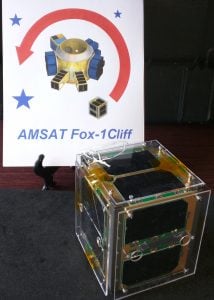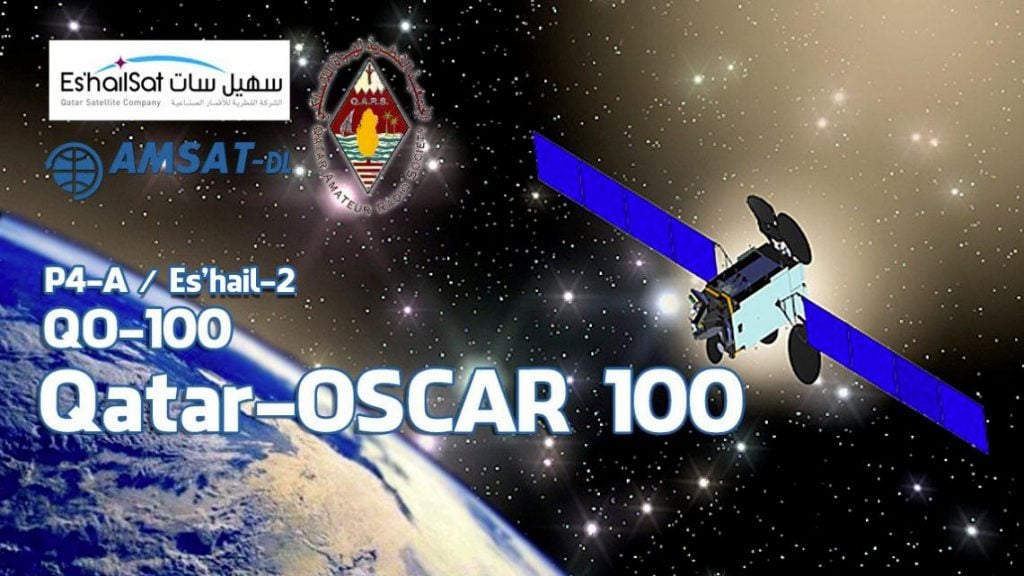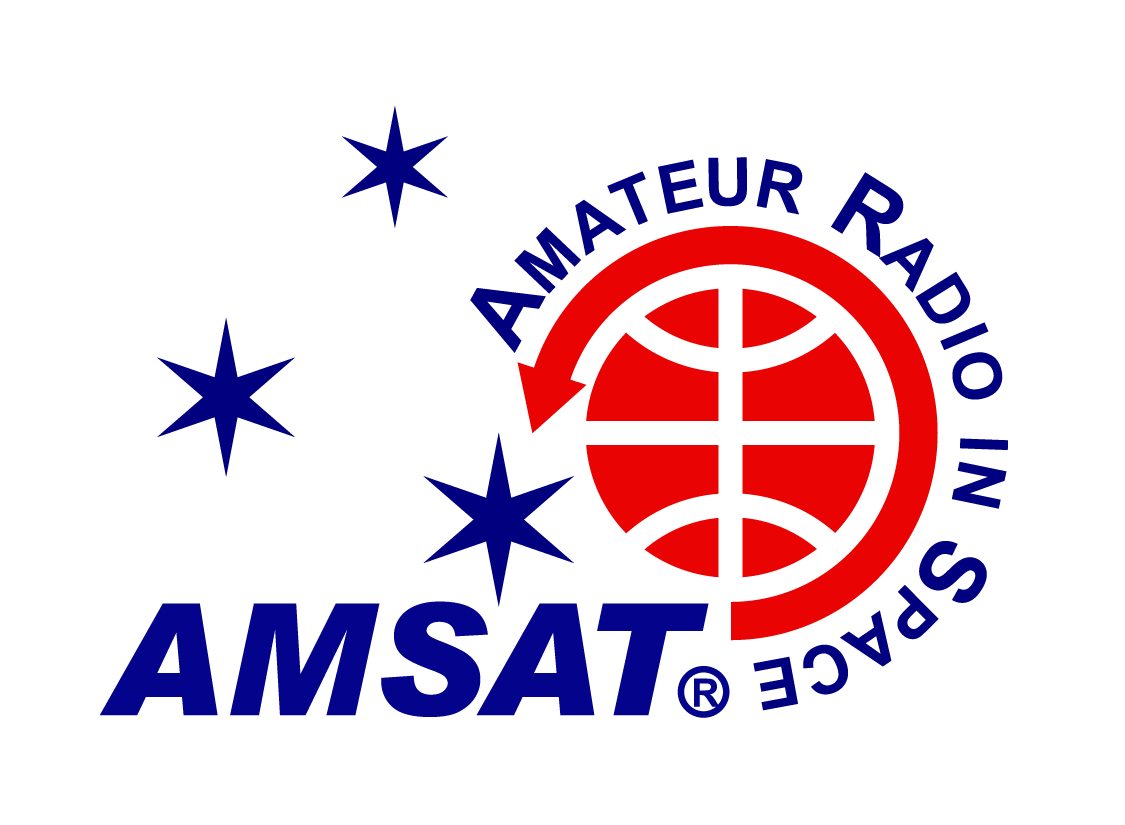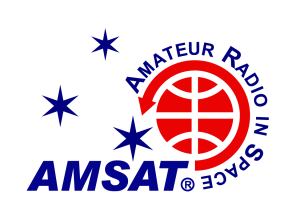Following the launch of Fox-1Cliff/AO-95, AMSAT Engineering began the commissioning process, with the help of AMSAT Operations, on Tuesday December 4. Satellite telemetry indicates that the bird is healthy, and I thank all of the stations who have captured and relayed the telemetry that enabled us to monitor and determine the health of the various systems on board. Fox-1Cliff required an extended period monitoring battery and power levels due to the anomaly and fix that was applied back in February of 2016 during environmental testing, and the result of that is positive.
However, during the next steps of commissioning we discovered an anomaly with her receive capability. After a few days of tests, analysis, and discussion, it appears that Fox-1Cliff/AO-95 will not be commissioned as our fourth Fox-1 amateur radio satellite.
AMSAT Engineering will continue to evaluate and test Fox-1Cliff/AO-95 for solutions to the anomaly and your continued help in providing telemetry is appreciated so that we can have data throughout her daily orbits rather than limited data over our U.S. stations. The data, analysis, and testing could lead to a positive solution but at the very least will be important to AMSAT’s satellite programs in providing information that would help us and others, as we do freely share our successes and failures, to avoid similar situations with future missions.
I would like to thank all of the AMSAT Fox Engineering volunteers who made Fox-1Cliff possible and continue to build our new satellites, becoming even better as we move forward.
I will provide more information on the anomaly and any determination we make regarding the possible cause or causes as well as information on the possibility of recovery, over time. Please be patient regarding that. Many of you have probably built a project and had to troubleshoot it on your bench, we are in a troubleshooting situation here with the additional challenge of being 600 km away from our bench.
73
Jerry Buxton, N0JY
AMSAT Vice President of Engineering
[ANS thanks Jerry Buxton, N0JY, AMSAT Vice President of Engineering for the above information]





